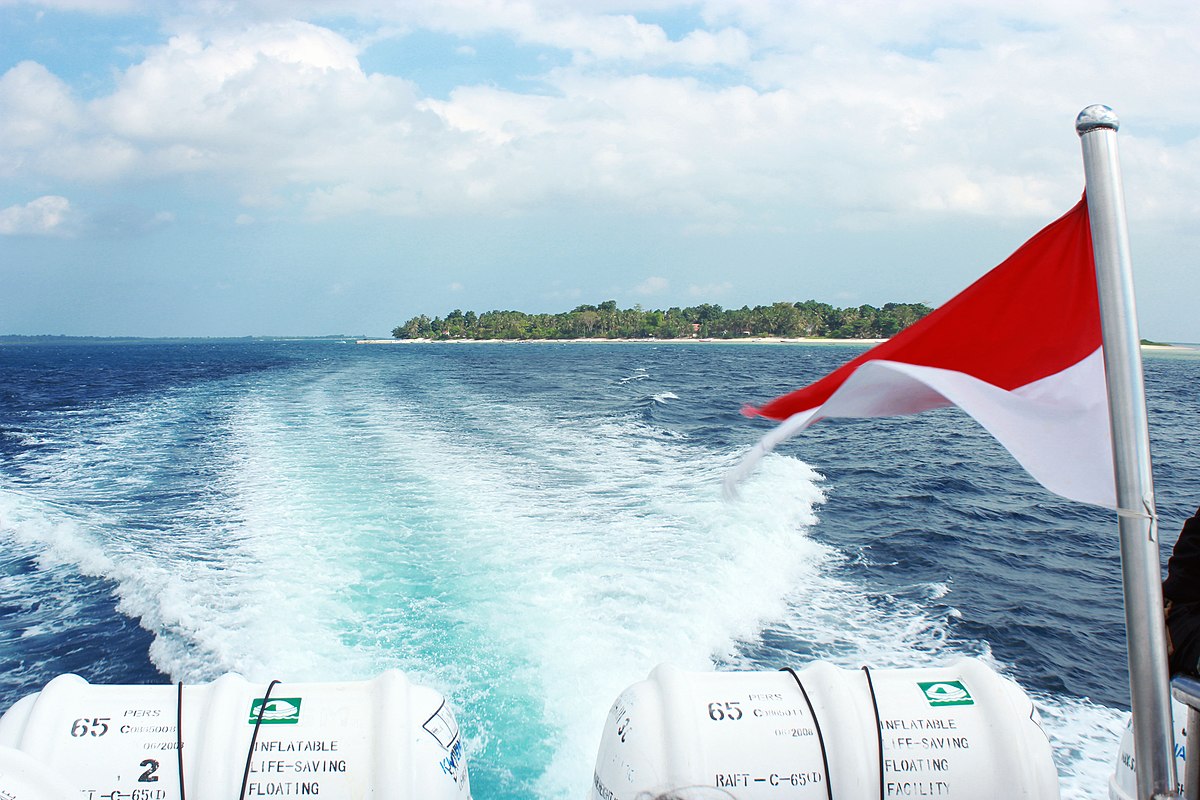Does anyone know if these species are accessible from Colombia?I'm surprised no one has mentioned the Tacaruna endemics in the Darien in Panama unless I've missed them. E.g. Tacaruna Wood Quail, Tacaruna Warbler etc... While I am sure Isaac Pissarro will claim he can take you up there, it is clearly incredibly unsafe. Some Panamanian birders did attempt it a few years ago and see the birds but I understand it was an incredibly stressful experience with them having to pay ransom payments. This is different from the Pirre endemics, which I think are just about accessible.
Almost all (?) have been seen there I think, and some time ago there was an expedition up in that general direction from extreme NE Colombia. No idea what the security situation is close to the border, but in principle gives another option









